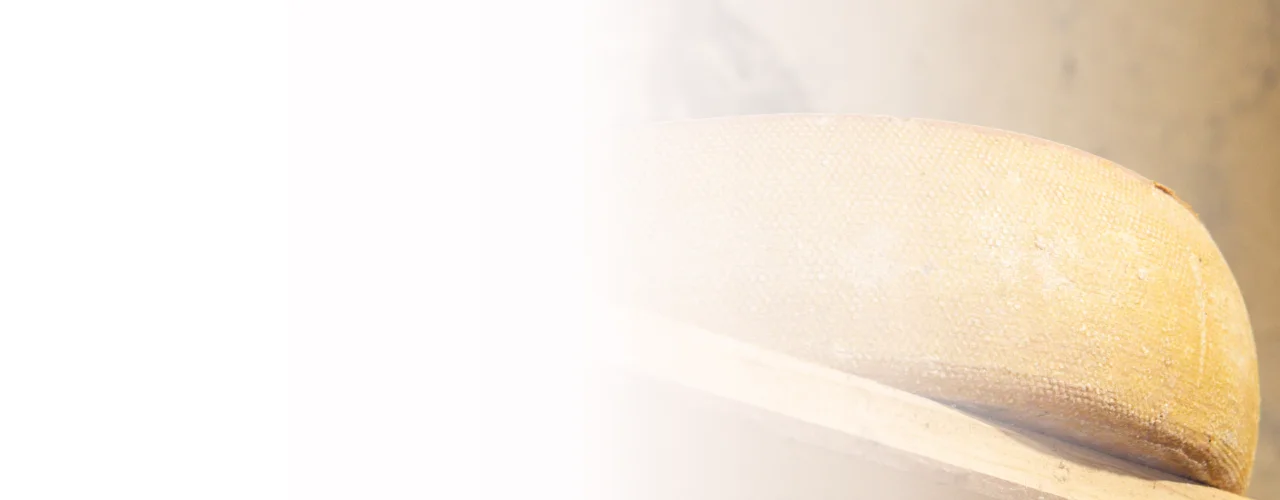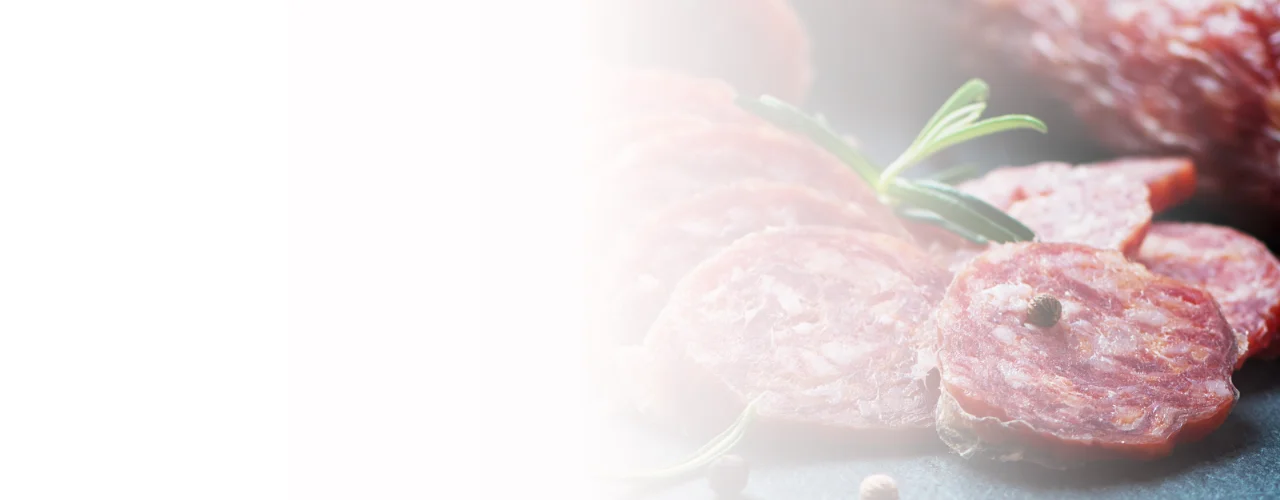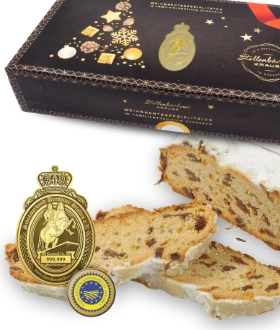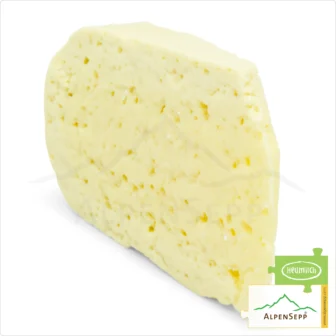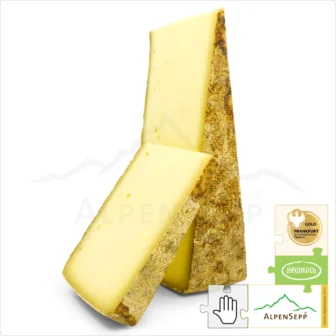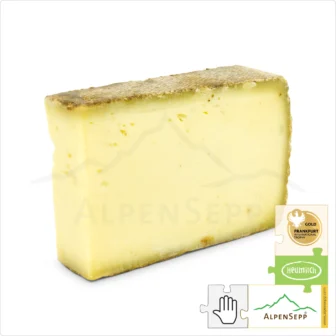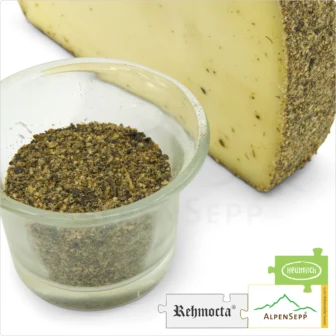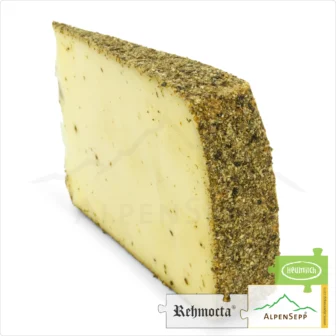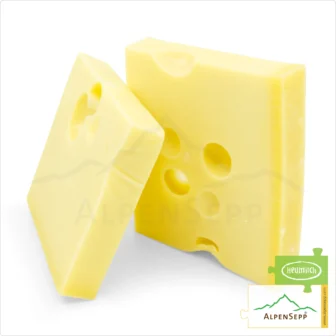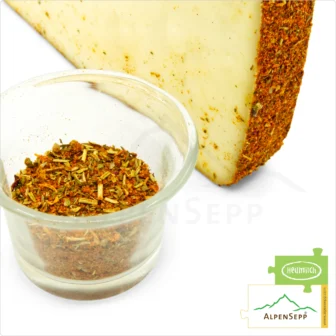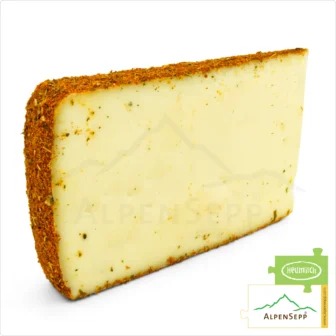Common Dandelion
Herbs profile
- Latin Name: Taraxacum officinalis agg.
- Tharakhchakon: Arabic “a kind of wild endive,” which is eaten like green salad
- Officin: Latin “workroom,” old expression for pharmacy
- Family: Compositae/Asteraceae
- Feed type: Herbs
Dandelion flowers (Taraxacum officinalis agg.)
The common dandelion (Taraxacum sect. Ruderalia) is a group of very similar and closely related plant species in the genus Dandelion (Taraxacum) from the family of daisies (Asteraceae).
Usually these plants are simply called dandelions, whereby there is danger of confusion with the genus dandelion (Leontodon).
The dandelion is a very widespread perennial plant of herbaceous growth. It reaches a growth height of usually 30 to 40 cm and has a long, fleshy tap root. The whole plant contains plenty of bitter tasting latex, which turns brown when exposed to air.
The leaves are in a rosette, the flowers are in a basket, which stands on a hollow shaft. The characteristic fruits with their umbrellas are spread very effectively by the wind.
The determination of Taraxacum species is very problematic. Taraxacum officinale is a group of species whose research has not yet been completed: due to its great variety of forms, specialists distinguish several small and subspecies.
Best cheeses due to selected alpine herbs and meadow herbs. We ♥ cheese!
Occurrence of the dandelion
Everyone knows the dandelion of meadows and roadsides from the plain to the mountains. Nutrient-rich locations are preferred throughout, which leads to a mass development in the meadows in case of overfertilization! This can be observed almost everywhere today.
The dandelion is a very important bee pasture due to its early flowering period.
Effect of dandelion
From the flowers a good tasting syrup can be obtained. The lettuce from the young stung leaf rosettes is very popular. In the post-war period the roasted roots were used as a substitute for coffee.
The tannins contained in all parts have a digestive and diuretic effect, so the dandelion is also used medically for gall and liver diseases. It provides a feed low in crude fibre and rich in protein.
Back to the Hay Milk WikiDISCOVER THE GREATEST VARIETY IN THE CHEESE SHOP
Spicy semi-hard cheese
SPICY
Rehmocta® cheese
Mild semi-hard cheese
Spicy semi-hard cheese
